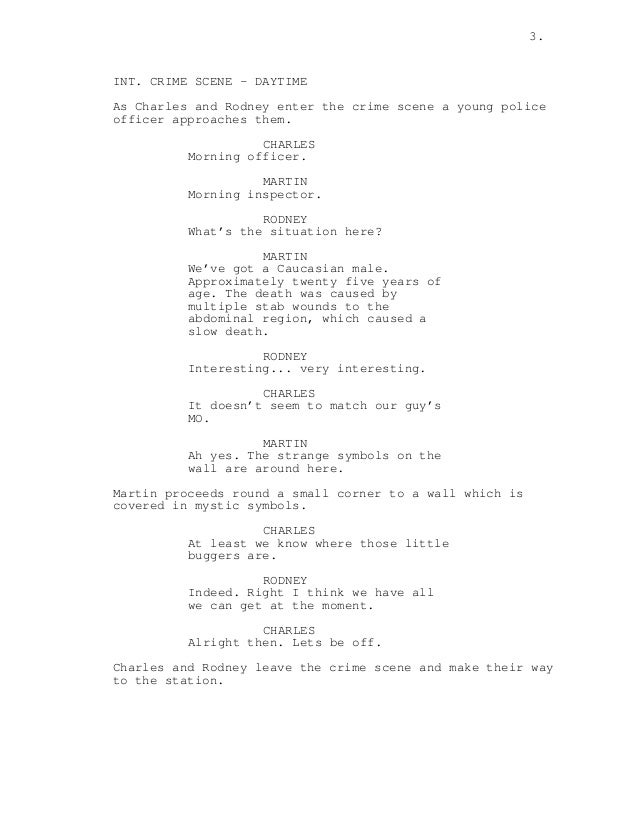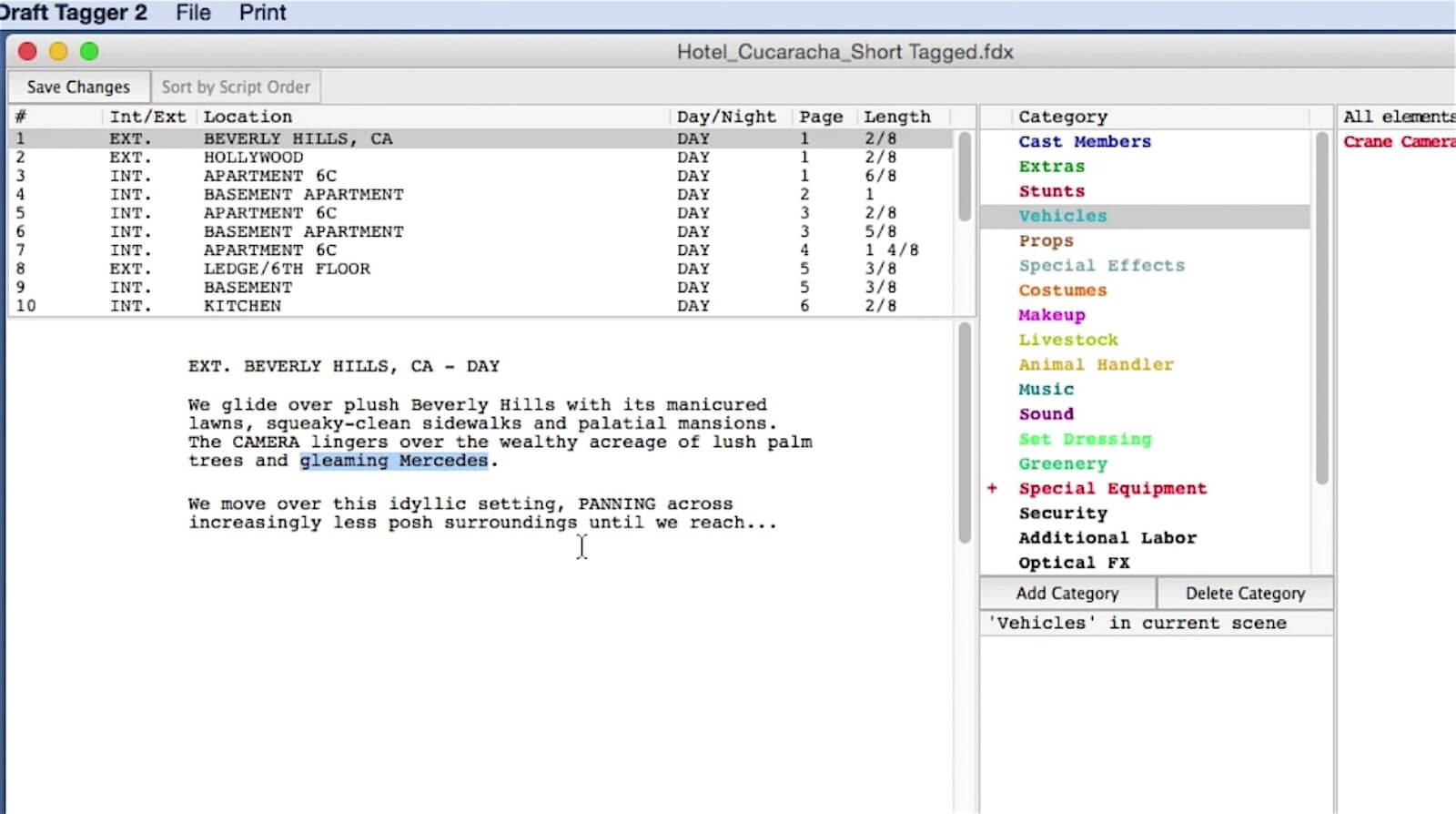

- #Script studio versus final draft how to#
- #Script studio versus final draft movie#
- #Script studio versus final draft software#
For example, you go from a restaurant to a house and want to go back to the restaurant to finish the scene. Everything else can be ignored, but for the sake of this How-To I’ll explain what each Transition means and the role it plays.īACK TO: When you have cut from one scene to another and are going back to the original scene. Transitions are an element which are added to Shooting Scripts with a few notable exceptions. Transitions are always aligned to the right side of the page and are used to move from one scene to the next. Transitions in a Properly Formatted Screenplay

In the following I will break down each element of a screenplay and it explain it in a way which, hopefully, can be understood.Īs a note, everything that is in ALL CAPS is intentional, when you write a screenplay the elements that appear within in ALL CAPS should also be written in ALL CAPS in your work, also take note of the punctuation following the ALL CAPS. With all of that out of the way, let’s get started.
#Script studio versus final draft movie#
Why? One page of a screenplay equals about one minute of screen time one hundred and twenty eight (128) pages is equal to a two hour and eight minute (2 hrs 8 min) movie and anything over this threshold has been deemed “too long.” Now, in the real world, where most of us live, feature-length is considered at least ninety (90) pages, but depending on the genre you’re writing in, the screenplay could be anywhere from ninety (90) to one hundred and twenty (120) pages.Ī helpful hint: write as long a screenplay as you want, but if you’re going to send it out to a studio script reader, trim the screenplay down to no more than one hundred and twenty eight (128) pages. The Academy, yeah those guys who put on the Oscars every year, classify a feature-length screenplay as anything over forty (40) pages. “Feature-length” seems to be a gray area. Basically what I’m saying is there’s more work done to a Shooting Script than is necessary for a Spec Script. For example, a lot of transitions (DISSOLVE TO: CUT TO: etc.) are not a part of a “Spec Script,” which is what you are writing initially.

This means it has been messed with by the studios and includes aspects and elements that are not added until after the screenplay is sold/produced (essentially, it’s the blue print for shooting the movie, hence the name).
#Script studio versus final draft how to#
It will not only show you the basics of proper screenplay formatting, but also show you how to structure a story.Īlso, it should be noted that if you choose to read screenplays from movies that have been produced already, keep in mind the screenplay you are reading is most likely a “Shooting Script.” The book is truly fantastic and extremely informative, and best of all affordable. McKee has been in the biz for years, he knows his stuff.

“ Story: Substance, Structure, Style and the Principles of Screenwriting” by author Robert McKee. If you’re serious about screenwriting, in addition to reading this How-To, I recommend strongly reading any and all screenplays you can get your hands on as well as picking up Additionally, Microsoft Word or another word processor can be used for screenwriting.
#Script studio versus final draft software#
The mentioned software is highly recommended (I use both of them) but if you simply cannot get your hands on it for one reason or another it is important to know how to properly format a screenplay. This How-To is designed to help readers and first time screenwriters format a screenplay who do not have access to screenwriting software such as Final Draft or Movie Magic Screenwriter.


 0 kommentar(er)
0 kommentar(er)
